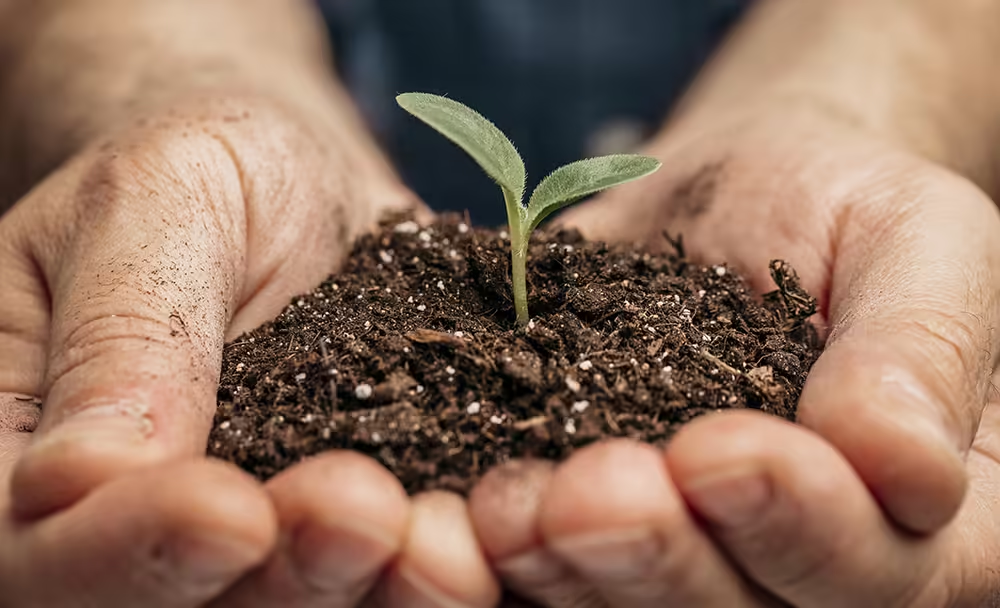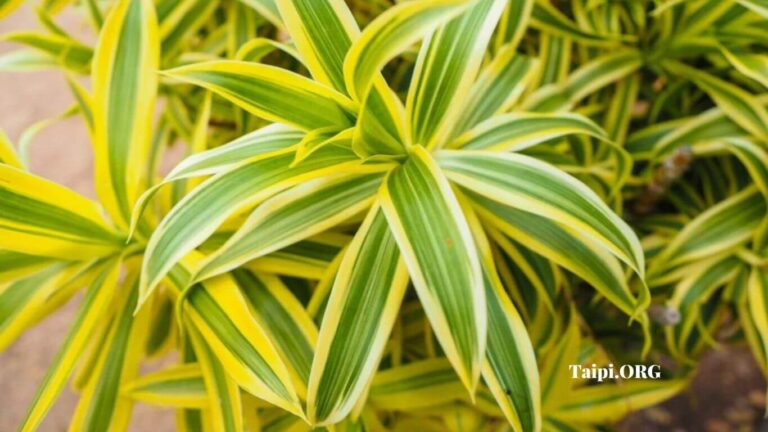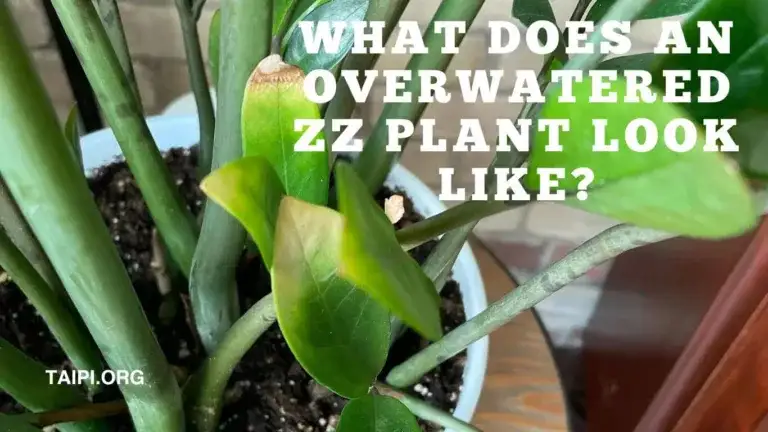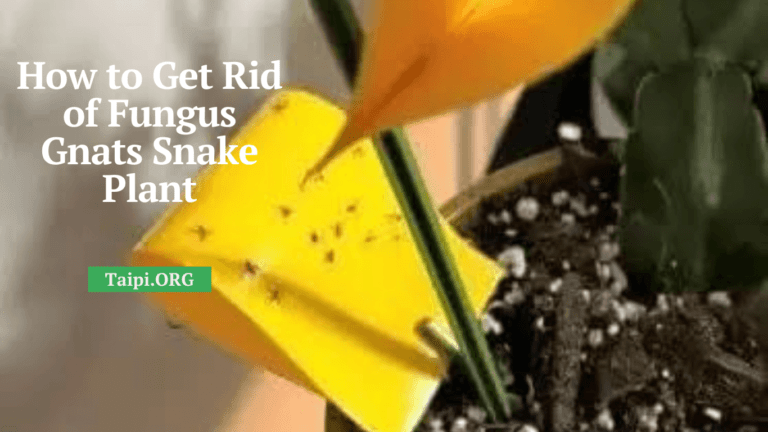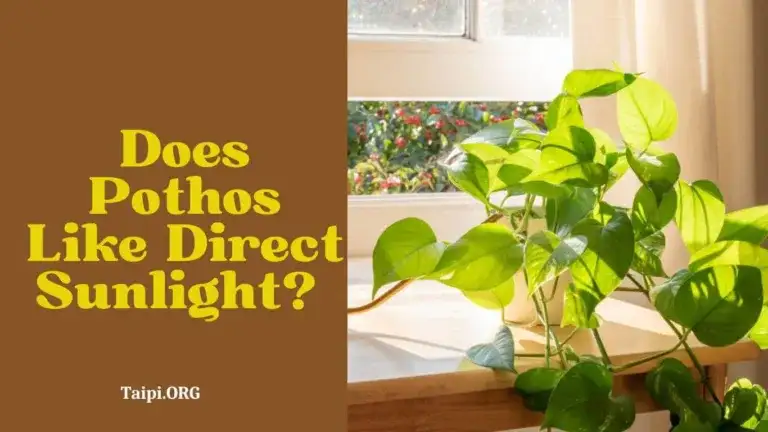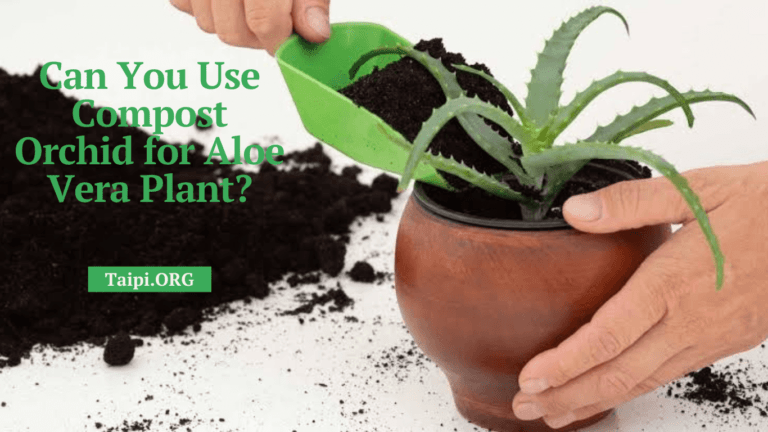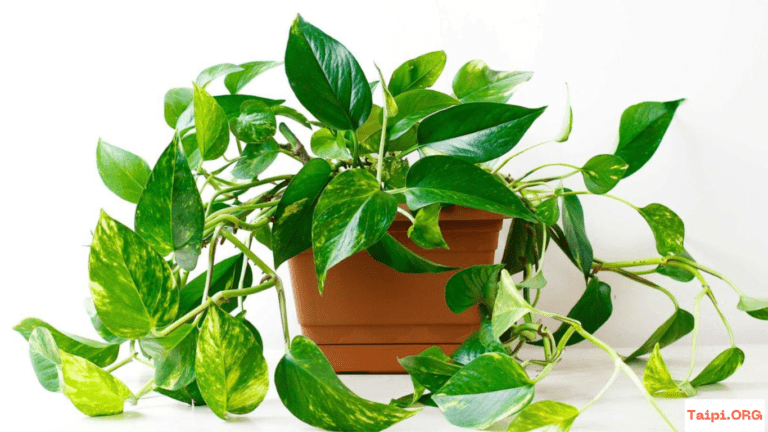How to Choose Fertilizer for Your Indoor Plants – Comprehensive Guide
In this post, we are going to learn about how to choose a fertilizer. Because let me tell you when I first started collecting houseplants, I was a little bit overwhelmed with all the choices. And I have made some research and compiled a list of things that you should keep in mind when choosing a fertilizer.
I’m mostly going to talk about fertilizers for house plans because that is what I specialize in.
If you’re here to find a fertilizer for vegetable gardening or outdoor gardening this post might be helpful for you. But just keep in mind that I’m mostly focusing on houseplants.
The second thing I wanted to mention, at the end of the video, I’m going to mention some fertilizers that I have either personally used or that I have seen other people use if you have no idea where to begin at all. So that’s at least going to give you some idea of which fertilizer to maybe go for. Because other people have tried it and other people have liked it.
What NPK ratio is best for houseplants?
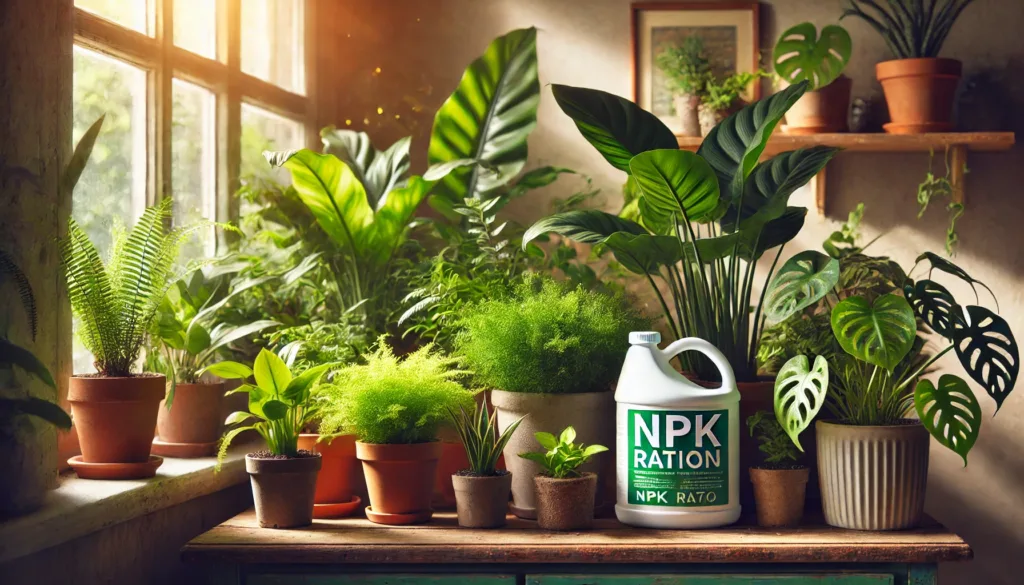
So the first thing you should keep in mind when choosing a fertilizer is, what you want to fertilize the plant of choice is going to determine what NPK value you’re going to be looking for in your fertilizer.
So most fertilizers, especially house plant fertilizers, are multi-nutrient fertilizers. That means that they contain nitrogen phosphorus and potassium. what you want to grow is going to determine your fertilizer and your NPK value.
Generally, there is a consensus saying that Nitrogen is good for promoting good leaf growth and foliage growth & Phosphorus is good for root growth and potassium is good for blooming.
With most houseplant fertilizers have all of these ingredients with different ratios like 2-2-2 or 10-15-20.
When you see those numbers on the fertilizer package, that’s what that determines. So if you have a fertilizer that’s higher in K, for example, that means that it’s going to focus more on blooming.
If you have a fertilizer that has more nitrogen content then that’s going to be more focused on leaf growth.
For houseplants, you ideally want to have all three. But at least you need the Nitrogen and Potassium to ensure proper leaf and root growth.
If you grow some plants like Hoyas or Peace lilies, some people collect those for their blooms. So in that case you might want to have a little bit of a higher content of potassium.
Some fertilizers available in the market have an NPK ratio of 9 15 16 which means that it is very concentrated in potassium for some reason.
Ideally, you would like to have all three components and if you’re going to grow vegetables or ornamental blooming plants, then obviously you want a much higher concentration of potassium. Because if you don’t get blooms, you don’t get pollination and you don’t get your vegetables.
Soil Medium is important too
You need to keep in mind when you’re choosing a fertilizer is, how you like to grow your plants some people such as me like to grow plants in both soil and semi-hydroponics. So you need to make sure that you have a fertilizer that can be used for both.
if you get a fertilizer that is not suitable for hydroponics, then you might have to get additional fertilizer that is suitable for hydroponics. I just like having one fertilizer for all of my plant needs and related to that.
Some fertilizers can also be used as foliar spray. But, I’m not sure how much this is backed up by science. But, I have read a couple of articles that said that leaves have a very good ability to absorb nutrients from foliage.
You can also spray the plant with diluted fertilizer, so it’s going to make it grow better.
Liquid fertilizers Vs Pellets – Which is better?
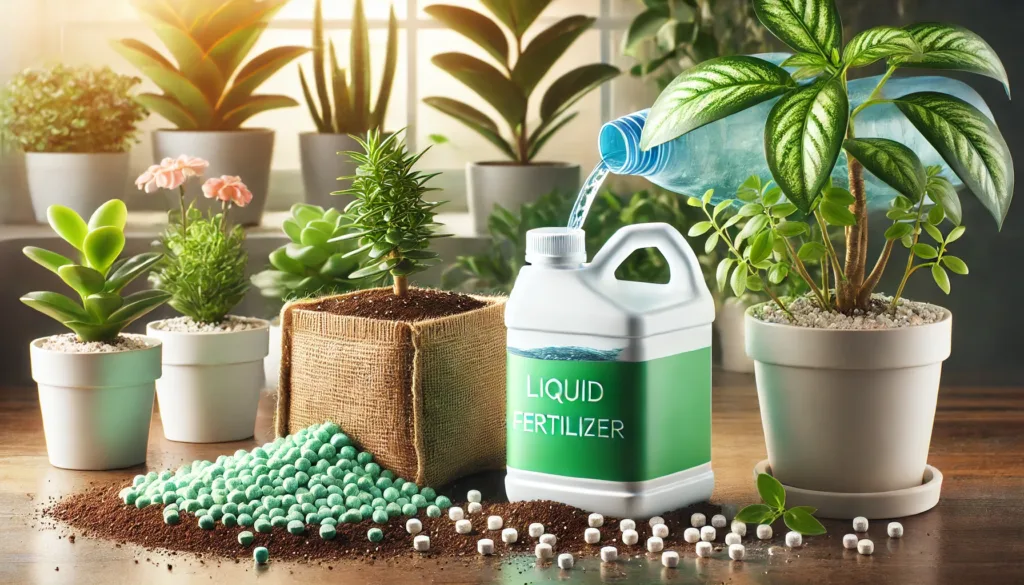
You should keep in mind when choosing a fertilizer how you want to fertilize your plants. There are quite a lot of options to choose from out there. The only fertilizers that I have ever used are liquid. But there are also slow-release pellets that you can put into the soil and they release nutrients over several months.
There are also slow-release balls that you can put into the soil. Sometimes you may have seen that if you buy a plant from a nursery, it’s got little like yellow or green balls that the slow-release fertilizer.
There is also a powder form of fertilizer, so that’s a completely different one.
But liquid fertilizer is the most convenient one for people. A lot of the time, with liquid fertilizer you fertilize every time, you water your house plants so you don’t have to remember how long ago you fertilize them whereas with the slow-release pellets or the powder you can only fertilize plants with those every couple of months. So you would always have to take notes and remember
In terms of liquid fertilizers, there are usually multiple ways to use a liquid fertilizer. I have been using Miracle-Gro Pour & Feed Plant Food. I found this extremely convenient. Because all you had to do was water your plants as usual and then pour half a capful of this on top of the moist substrate. I thought that was extremely convenient. Because you didn’t have to mix it with water to dilute it.
Read More – How to Pick the Perfect Pot for Your Plant
Synthetic or organic fertilizers – Is organic actually healthier?
last criteria that you should keep in mind is whether you want your fertilizer to be synthetic or organic.
I actually found out that synthetic fertilizers are not the greatest for the plants. First of all, there’s all the stuff that goes into making them. And second, of all they can really damage aquatic life and they emit a lot of greenhouse gases compared to organic fertilizers.
On the other hand, there are some things about organic fertilizers. So sometimes, because the organic fertilizers are made from organic matter sometimes they can have a little bit of an odor.
Also, I have heard people say that organic fertilizers attract Fungus Gnats a lot more.
Organic fertilizers are also a little bit more expensive than synthetic fertilizers. On the other hand, organic fertilizers instead of just supplying your houseplants with the nutrients with the NPK values, they create an overall healthy environment for your plant to grow.
Quick tips fertilizing your indoor plants
- Only add fertilizer when your plant is feeling well.
There can be a lot of different reasons why your plant is not feeling good. Nutrient deficiency is very rarely the case. Nutrient deficiency usually it’s something else. Your plant may not be feeling well because of several reasons such as you’ve watered it too much, you have root damage, it has not enough light or it has too much light, it’s hot, it’s cold.
Take care of that problem first. When your plant is showing you that it’s feeling well, then you add fertilizer because that’s when it needs fertilizer.
Never ever give more fertilizer than is recommended
The most of fertilizers are water soluble. Which means that when they come in contact with water they dissolve and what they dissolve into is actually salt. That salt is then picked up by the roots and used as nutrients.
If you add too much fertilizer, it actually means that you’re watering your plants with salt water and that could potentially kill your plants.
See you with the Next Post

